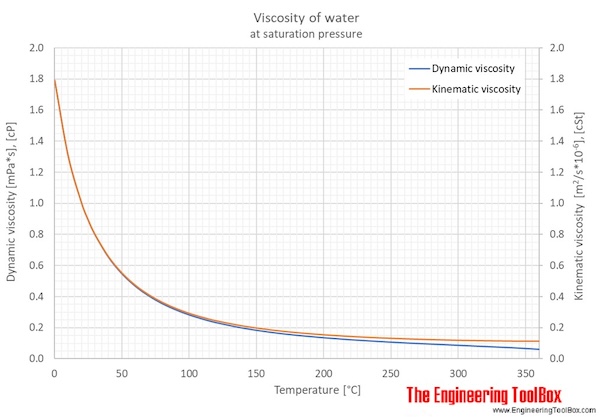
Whether the laboratory experiments used to develop this correlation can be accurately compared to the mixing action that occurs in turbulent flow is certainly open to question.įigure 3-12 can be used to estimate the viscosity of a hydrocarbon gas at various conditions of temperature and pressure if the specific gravity of the gas at standard conditions is known. The laboratory data plotted in Figure 3-11 agree closely with a modified Vand’s equation assuming a 70% breakover point. Thus, at approximately 70% water cut, it appears as if oil ceases to be the continuous phase and water For 70% water cut, the emulsion began to break before viscosity readings could be made, and for water cuts greater than this, the oil and water began to separate as soon as the mixing was stopped.

Produced oil and water were mixed vigorously by hand, and viscosity was measured for various percentages of water. Figure 3-11 shows some experimental data for a mixture of produced oil and water taken from a south Louisiana field. The viscosity of the water is measured generally in centipoise (cP) and pure water has been found to have a viscosity of 0.894 cP at 25C. When an emulsion of oil and water is formed, the viscosity of the mixture may be substantially higher than either the viscosity of the oil or that of the water taken by themselves. The viscosity of produced water depends on the amount of dissolved solids in water as well as the temperature, but for most practical situations it varies from 1.5 to 2 centipoise at 50☏, 0.7 to 1 centipoise at 100☏, and 0.4 to 0.6 centipoise at 150☏. Figure 3-10 is a graphical representation of another correlation. The data set from which this relationship was obtained included a range of between 16° and 58° API and 70☏ to 295°R It has been the author’s experience that the correlation tends to overstate the viscosity of the crude oil when dealing in temperature ranges below 100 to 150☏.

The following equation relating viscosity, gravity, and temperature was developed by Beggs and Robinson after observing 460 oil systems: In the absence of any laboratory data, correlations exist that relate viscosity and temperature, given the oil gravity.


 0 kommentar(er)
0 kommentar(er)
